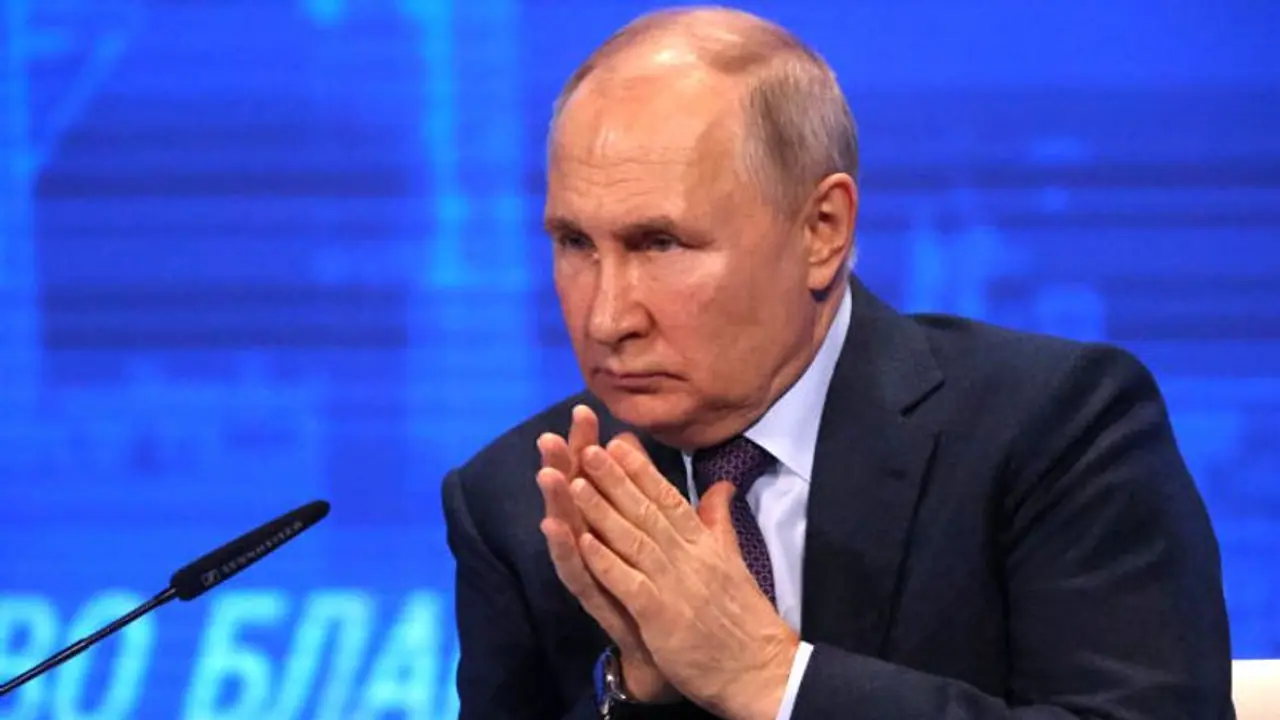New START was signed and ratified by then US President Barack Obama and Russian President Dmitry Medvedev. The proposed treaty went into effect in January 2011 and was supposed to be the primary nuclear arms control treaty between the two nations until February 2026.
Russia's Deputy Foreign Minister Sergei Ryabkov on Wednesday (March 29) said that Moscow had stopped notifying the United States about its nuclear activities, including test launches, after it pulled out of the New START arms control treaty last month.

"All notifications, all forms of notification, all data exchange, all inspection activities, in general all kinds of work under the treaty are suspended, they will not be carried out," Ryabkov was quoted as saying by the Interfax news agency.
Also read: Russian TV host Sergei Karnaukhov caught taking photos of woman's cleavage during broadcast
This comes a day after the US has told Russia it will cease exchanging some data on its nuclear forces following Moscow's refusal to do so, calling this a response to Russia's suspending participation in the New START nuclear arms treaty.
Earlier, Russian President Vladimir Putin had announced that the country will be suspending its participation in the Strategic Arms Reduction Treaty (START). With that, Washington and Moscow will no longer have any arms control agreement between them.
While Putin said that Russia will not pull out of the treaty completely for the moment, the suspension of the agreement means that Russia will no longer allow the US or its NATO allies to conduct on-site inspections of its nuclear weaponry.
Also read: Worrying Khalistanisation of Indian Diaspora must be tackled NOW
During his union speech, Putin had said, "Our relations have degraded and that’s completely and utterly the US’s fault."
What is the New START?
The US and Russian Federation signed the Strategic Arms Reduction Treaty (START) in order to reduce the number of offensive nuclear strategic weapons that each nation holds. The first START, or START I, was inked between the US and the Soviet Union in 1991 and was enforced by 1994.
The agreement limited the two countries to deploy only 1,600 intercontinental ballistic missiles (ICBMs) and bombers and no more than 6,000 nuclear warheads at a time. The agreement also gave both parties the right to examine each other's nuclear equipment in person and to notify the other of any notifications involving prohibited weapons or facilities.
According to various reports, by 2001, the agreement was successful in reducing the number of active nuclear weapons in the world by a considerable amount. Russia and the US together account for 90 percent of the global nuclear arsenal.
Also read: Another Mahatma Gandhi statue vandalised in Canada, second incident in March
What happened to the treaty?
In December 2009, the treaty expired but both sides negotiated to create a similar arms control agreement to replace it.
Less than five months later, New START was signed and ratified by US President Barack Obama and Russian President Dmitry Medvedev. The proposed treaty went into effect in January 2011 and was supposed to be the primary nuclear arms control treaty between the two nations until February 2026.
Also read: Russian oil supplies to 'friendly' India have increased 22 times
Meanwhile, then US President Donald Trump tried to renegotiate a new treaty between the US and Russia over nuclear arms control but failed to make any headway. After taking office, President Joe Biden signed the most recent five-year extension in 2021.
However, the treaty has had a troubled start since its last extension. The on-site inspections were first halted as part of the COVID-19 global restrictions. However, with the start of the Russian invasion of Ukraine, Russia halted attempts to restart inspections due to the increasing tensions with the West.
